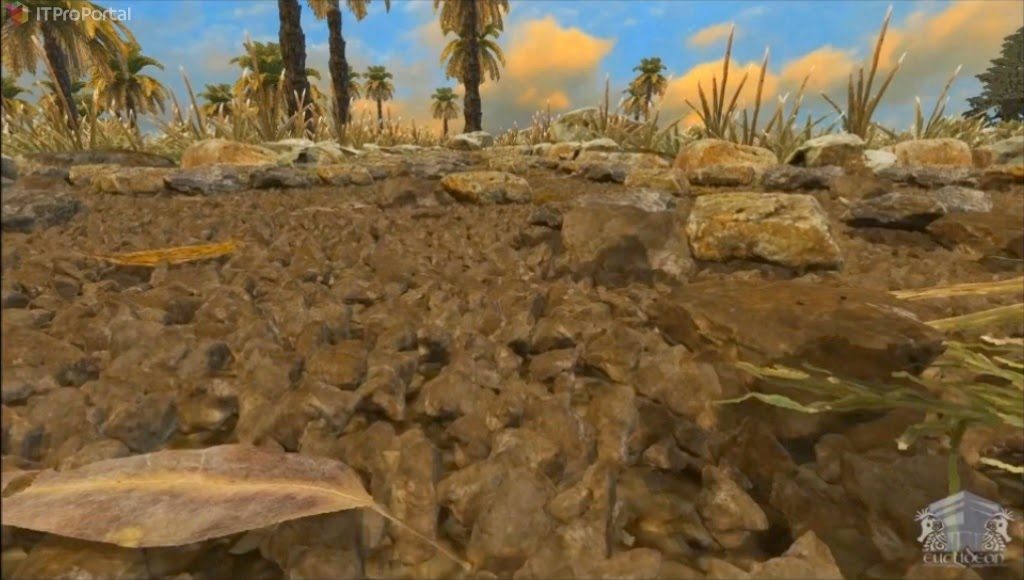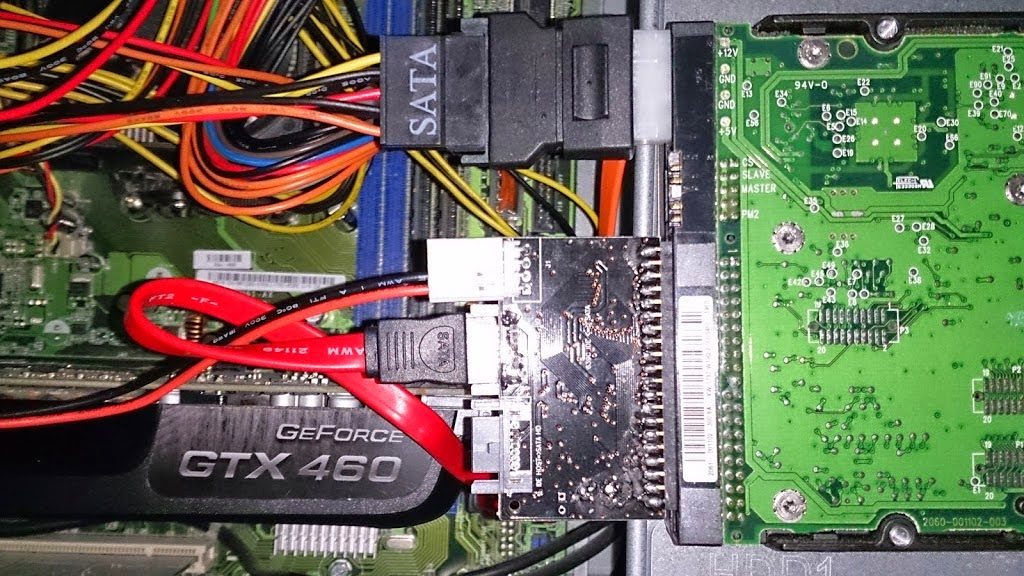Polygons. They’re all around us. Well, when we’re playing games, anyway. And while polygons are generally pretty well regarded in the gaming scene for being the means by which we get all those fancy 3D models, could it be that we’re actually severely limiting our games by using polygon-based 3D engines? Australia-based company Euclideon says “yes”.
Last time, I ran a post on how a new technology from a relatively nameless company is seeking to revolutionize the CPU–and how it makes sense that they’ll succeed at doing so. Today we have another such nameless company, only this time it is seeking to revolutionize the 3D engine. But does it have as good a chance of succeeding as the Parallella coprocessor?
Well, first of all, I suppose you might want to know what exactly we’re talking about here. Since polygons have been the lifeblood of 3D engines ever since virtual 3D began, it may be hard at first to imagine an alternative. Therefore, you’ll probably be surprised to learn that you’ve already gotten years of experience with the concept put forward by Euclideon’s new engine of the same name.
What I am referring to is simply atoms.
Polygons are nice, yes, but not the least bit realistic in their makeup. Even plain polygons in the real world are made up of atoms. Therefore, it is true that we are heading the wrong direction in trying to increase the polygon count in order to make our games more lifelike. As Euclideon is quick to point out, this technique is ultimately a dead end and is advancing far too slowly.
The proposed solution is an entirely new kind of 3D engine which the Australian company has been building for a decade. Rather than use polygons, the Euclideon engine works in floating-point ‘clouds’ of virtual atoms that basically have no limit to their level of detail. Now while this may sound incredibly stressful for a CPU, Euclideon has made their engine relatively lightweight by doing all the rendering on a per-pixel basis rather than by rendering the 3D environment, then rendering textures, then rendering shaders, and so forth like normal game engines. However, to protect their developing ideas, as of yet Euclideon hasn’t explained in full just how their engine works and how it manages to pull off their claim of unlimited detail.
Now while I find this a very exciting prospect to consider, part of me remains skeptical. In terms of geometry the engine may be fantastic, but will this new method of creating and rendering a 3D environment be compatible with current special effects? Will Euclideon be able to support dynamic glow/light blooming, object motion blur, stereoscopic 3D, physics systems, antialiasing, and a host of other lighting and technical effects? When Euclideon first went under construction most of these technologies had not even been developed yet, but now they are all essential aspects of a quality game. Though an atom based engine may make great geometry and detail, I worry that the method of rendering that is required to process it all efficiently could make certain effects difficult or impossible to port over. If that truly is the case, you can expect developers to hold off from adopting the new engine for several more years yet. Even as it is, don’t plan on seeing a commercial Euclideon game for a while, considering the engine only a few months ago received colored lighting.
Without a doubt, if this is going to be the biggest thing since 3D was invented, Euclideon has their work cut out for them. Should the technology live up to its promises, it very well could be, but until someone actually makes a game with it, don’t hold your breath. As with many other incredible technologies that have come along and taken a while to develop, some have claimed that the whole thing is just a hoax, but I have seen and heard enough from Euclideon to believe that they genuinely do have the technology they claim to. It’s just a question of how long it will take to perfect it and make it license-ready so that game developers can start putting the engine through its paces. Seeing as we’re coming to the close of a console generation, timing will play a huge role in the success and acceptance of such a dramatically different kind of engine, but hopefully the fact that Euclideon plays nice with current hardware would suggest that it will do just fine on next-gen hardware as well.
I’ve said it before, and I’ve said it again: it’s a great time to be a geek, folks.








